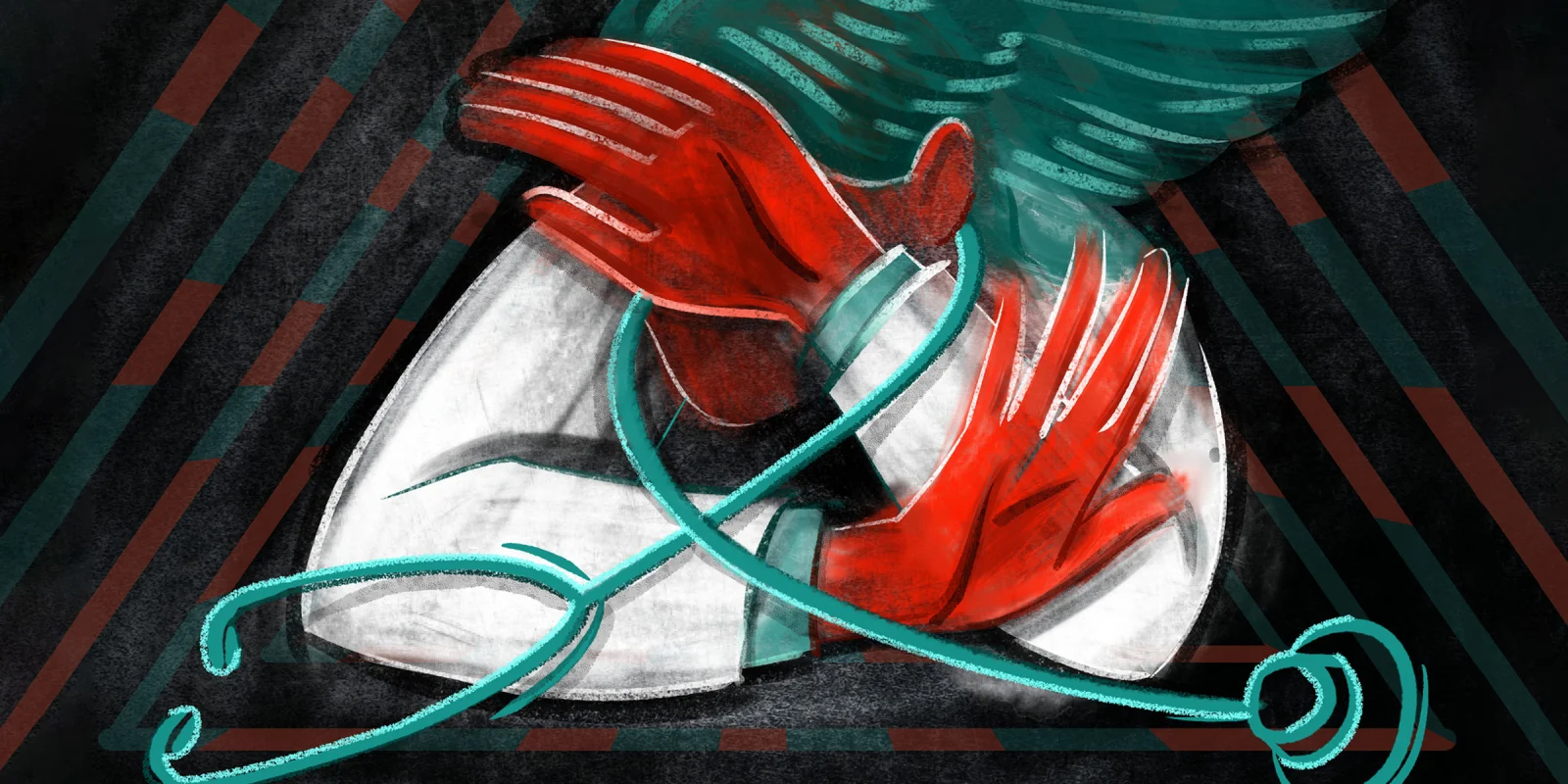Over the past few years, there has been frequent discussion about medical gaslighting, typically referring to a clinician dismissing, minimizing or invalidating a patient’s concerns. However, there is another type of gaslighting happening in health care which deserves acknowledgement — the widespread gaslighting of primary care physicians, particularly those who are women.
If you have a PCP who is employed by a large health system or corporation, as the majority are, there is a good chance she is being gaslit by them.
She has likely complained about the inadequacy of her four hours per week of administrative time. And she has been told she must become more efficient — create more Epic templates and write shorter notes. Has she tried using Dragon? Yet research has shown that for every hour a PCP spends on direct patient care, there are nearly two hours spent on documentation and other administrative tasks. When accounting for preventive, chronic and acute care, along with administrative tasks, a PCP with a standard panel would need approximately 27 hours per day to provide guideline-based care to a standard panel.
She has likely expressed frustration with constantly running behind schedule and finding 15 minute appointment slots far too short for rooming, examining, diagnosing, and placing orders for a patient. And she has been told that this is the industry standard, and it is required for her to meet her wRVU benchmarks. Everyone around her is doing this. Why can’t she? Yet research has found women physicians tend to spend more time with patients and provide more services with poor reimbursement (such as counseling), which may result in better outcomes and lower hospital readmissions but also translate to lower reimbursement and “productivity.”
She has likely been overwhelmed by the incessant portal messages filling her bottomless inbox. And she has been told that perhaps she is inviting this unusually high number of messages by encouraging patients to reach out with concerns and providing timely and thoughtful responses. Has she tried responding to the majority of messages with “Please make an appointment”? Research has shown that PCPs receive an average of about 50 messages per day (compared to around 20 for surgeons) and that both staff and patients make more requests of women PCPs, resulting in greater EHR burdens which likely contribute to higher rates of burnout.
She has likely voiced disappointment with the salary she earns given all the hours she puts in, her popularity with patients, and her excellent outcomes. And she has been told that by reimbursement and wRVU metrics, she is barely earning her keep. And yet the value of a PCP for health systems is not in their reimbursements alone — it lies in the indirect revenue they generate by bringing patients into the health system for more expensive services downstream (imaging, surgeries, hospitalizations, specialty services, etc.), resulting in an ROI that is 6-7 times their actual compensation.
Now add to these injustices the sheer inequity of being a woman in medicine. Women in medicine continue to earn 74 cents for every dollar earned by men. Women primary care doctors are paid the least of all physicians and the gender gap appears to be widening as more women enter the field. We are less likely to be promoted in academic settings and more likely to go part-time or leave medicine completely even after devoting over a decade to the education and training our profession requires.
The conversations above are not happening in exceptionally toxic workplaces — they are in fact, so ubiquitous that they have become accepted as normal. We have normalized free labor for employers, substandard care for patients, and inequitable pay for PCPs. It is this normalization that makes so many women stuck in the hamster wheel of corporatized primary care wonder, “Am I crazy?”
So where do we go from there?
As my own therapist would say, start with validation. My message to fellow PCPs is this:
You are not crazy. This is not a “you” problem. This is not an efficiency problem. This is not a resilience problem. This will not be solved by meditation, yoga, or gym memberships. This is an industry-wide, system problem, and the burnout, overwhelm, and exhaustion you feel are a completely natural consequence of an environment designed to exploit you. You are a workhorse, wearing blinders, pulling a carriage that far exceeds your capacity and you are last in the race.
It’s time to take the blinders off. I urge you to take action:
1) Start a dialogue. Share the research presented here with your primary care colleagues and also with the employers who continue to dismiss your concerns, minimize your worth, and deny the reality of your experience. It is no wonder patients feel gaslit by their doctors — the abuse starts at the top.
2) Advocate for yourself. Invoke this data when negotiating schedules, admin hours, and compensation. Be honest and clear about the consequences of not acknowledging the facts — “It is unsafe to be allotted only 15 minutes to care for a complex, elderly patient” or “Compensation algorithms that punish women financially for taking maternity leave beyond the unpaid leave itself are discriminatory.”
3) Consider walking away. The moral injury that results from not being able to practice medicine and care for yourself and your family in the ways you want is significant. If you are in a financial position to consider alternative pathways, do so. Direct primary care (DPC) is a viable model that is rapidly gaining popularity among both doctors and patients. By cutting out the flawed and antiquated system of insurance reimbursement, it allows physicians to practice with full autonomy while providing patients with improved access, price transparency, quality, and continuity for a flat monthly fee.
The suggestions presented here are individual solutions, however, if they are taken collectively by a large number of PCPs, system-level change is possible. If it’s just a handful of us clamoring for change, we are squeaky wheels. If it’s all of us, it’s a movement.
Sonia Singh is an essayist, internist, and direct primary care physician practicing in Houston, TX. Her writing has appeared in the New England Journal of Medicine and Annals of Internal Medicine.
Illustration by April Brust







